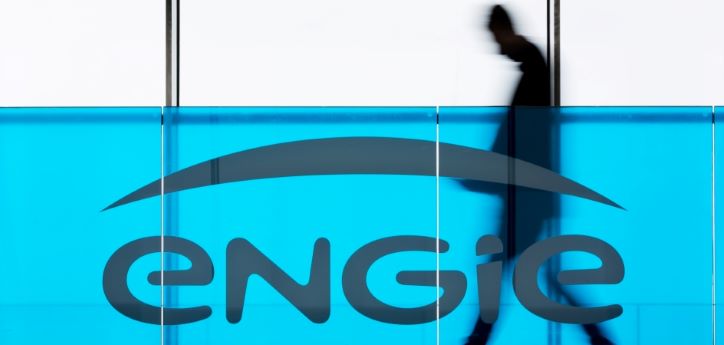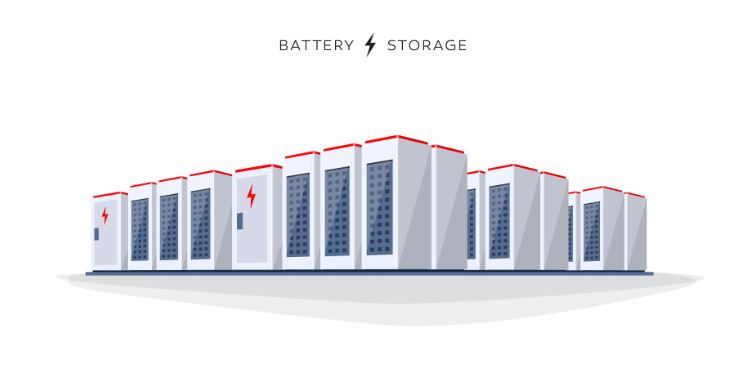Canada Selects ENGIE To Achieve 2030 Efficiency Goals

Innovate Energy, comprising ENGIE, PCL Construction and Black &McDonald, won a 35-year contract to operate the district energy system that heats 80 buildings and cools 67 buildings in Canada’s Capital Region.
The project is part of the Canadian government’s Energy Services Acquisition Programme which aims to reduce energy use and carbon emissions by 40% by 2030. The buildings served by the system include the parliament.
From 2019 to 2025, Innovate Energy partners will design, build and convert the existing high temperature steam system to a more energy-efficient low-temperature hot water system, replace steam chillers with electric models in facilities in Ottawa and Gatineau, while continuing to provide heating and cooling by operating the existing facilities. The conversion will facilitate the eventual adoption of more sustainable types of fuels. Once the construction and validation periods are completed, ENGIE will operate and maintain the new system through to 2055.
To date, ENGIE operates more than 320 district heating and cooling networks in 20 countries including the UK, France, Italy, Spain, the Netherlands, the U.S., Portugal, Malaysia, the Philippines and in the member countries of the Gulf Cooperation Council.
In Canada, ENGIE has been offering a range of clean energy and services since 1992 and operates more than 800 MW of electricity generation facilities.
Climate Action Incentive Fund
Additionally, the Canadian government has launched a new incentive program, the Climate Action Incentive Fund (CAIF), to help fight climate change, according to the federal minister of environment and climate change, Catherine McKenna.
The fund is a part of the Pan-Canadian Framework on Clean Growth and Climate Change and is planning on delivering up to C$218M in its first year (2019-2020). The funding will be sourced from the proceeds of the federal carbon pollution pricing system.
The program is initially available in Saskatchewan, Manitoba, Ontario, and New Brunswick, who have not committed to their own carbon pollution pricing systems. Through next year, the fund will offer up to C$150 million, with C$102 million to be allocated to Ontario, C$30 million to Saskatchewan, C$13 million to Manitoba, and C$5 million to New Brunswick.
“In communities across Canada, small- and medium-sized businesses are proving that taking action on climate change is good for business,” said Catherine McKenna, Canada’s Federal Minister of Environment and Climate Change. “To build on their leadership and ensure more small- and medium-sized businesses have the means to take action, we are helping business owners invest in new equipment and retrofits to be more energy efficient, cut pollution and save money.”
The CAIF has three funding streams to support projects and measures undertaken by small- and medium-sized enterprises (SMEs), municipalities, universities, schools, hospitals, and not-for-profit organizations.
Businesses that plan to build renewable energy projects are eligible to receive up to 25% of project-related costs, with funding ranging from C$20,000 to C$250,000. The list of eligible projects includes clean transport initiatives, as well as the production of renewable energy, such as solar.
–With inputs from Agencies







